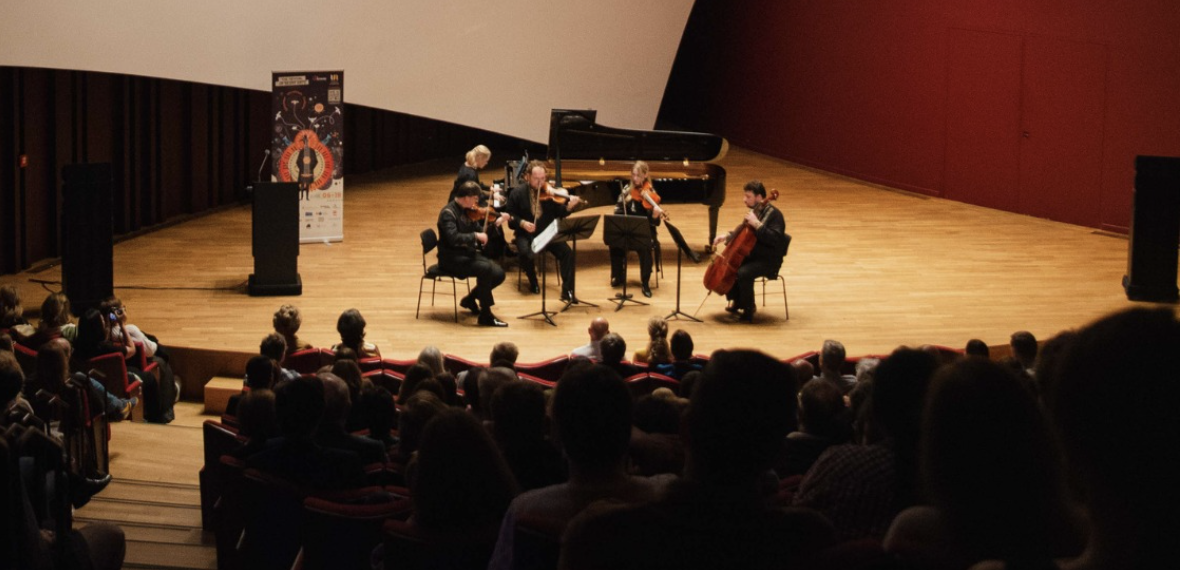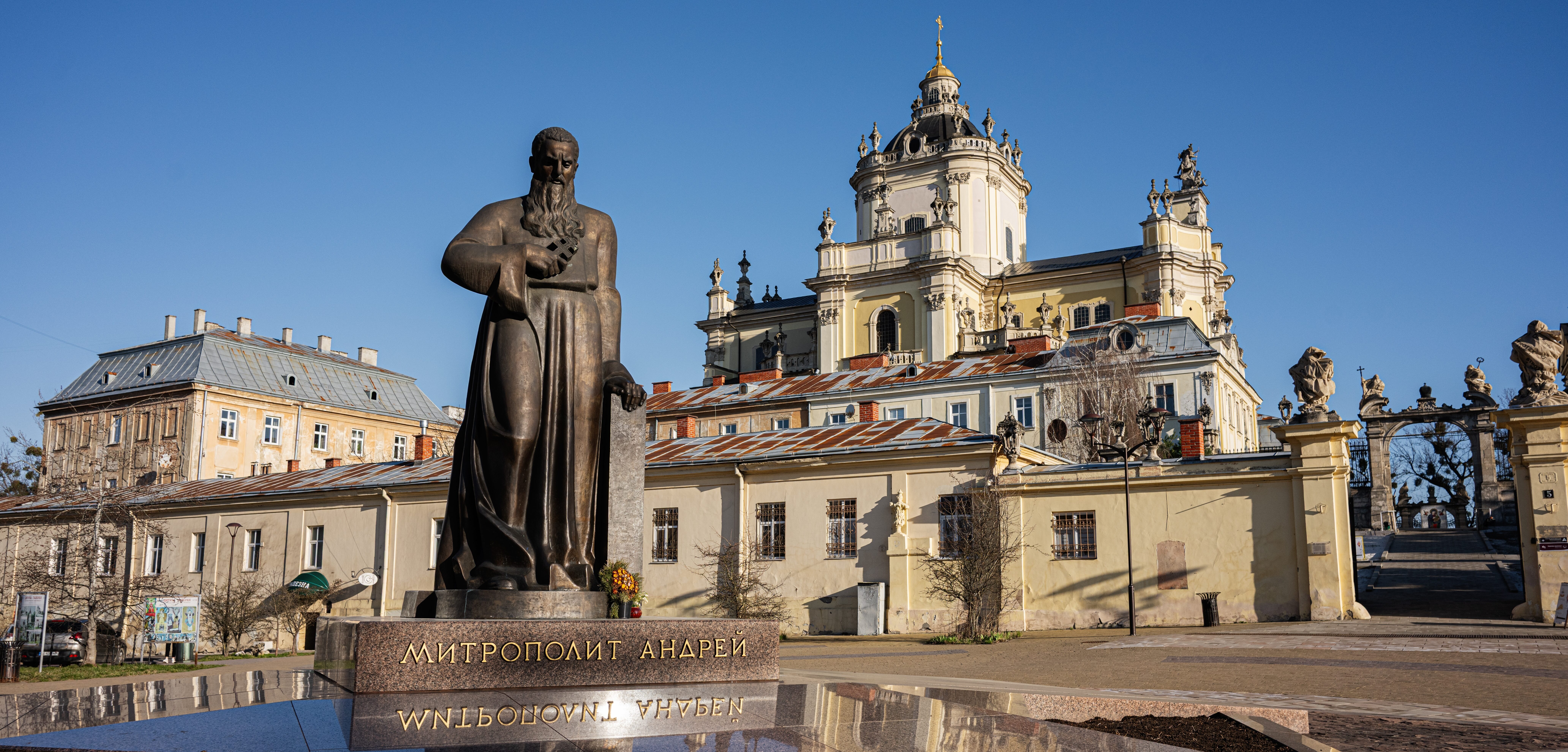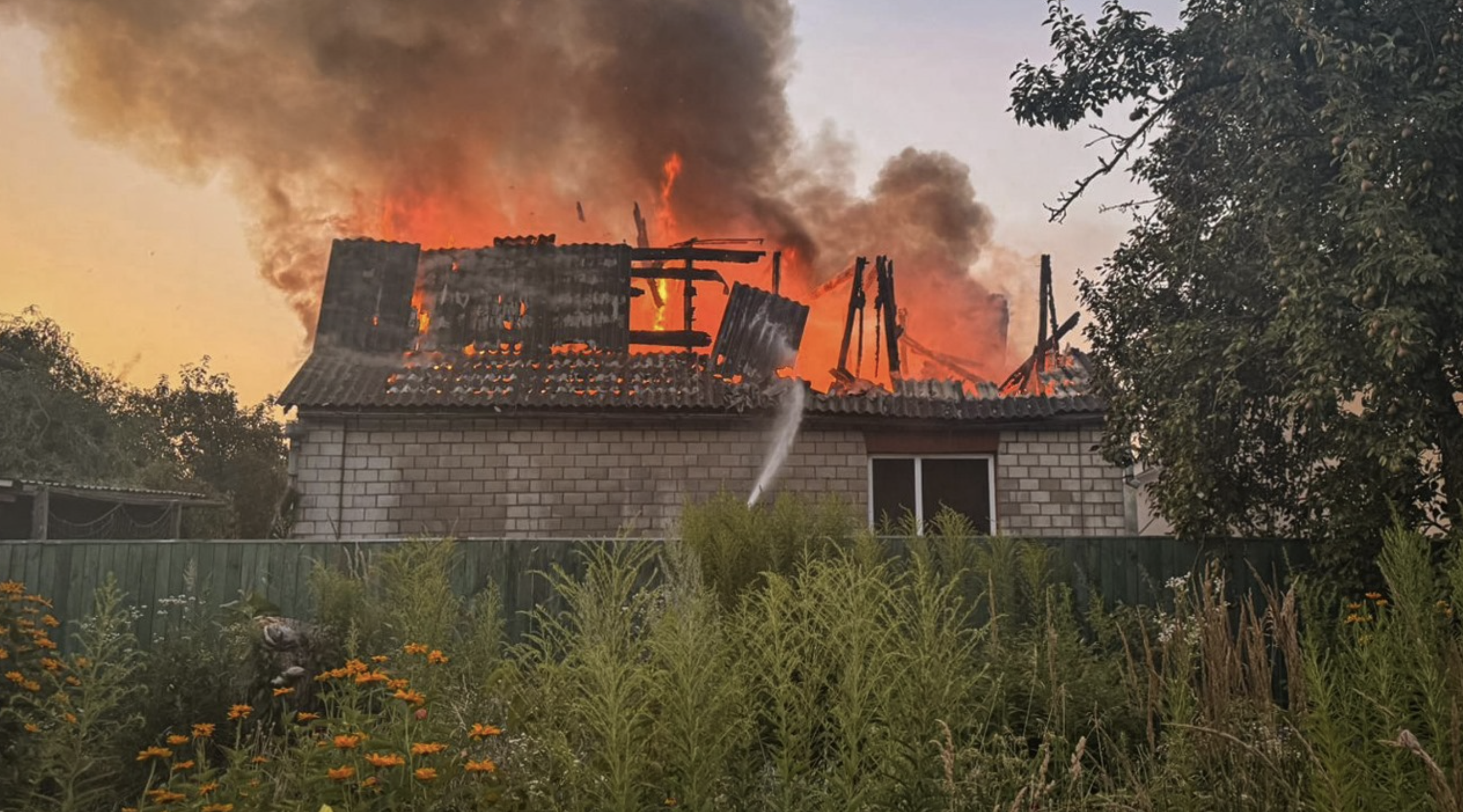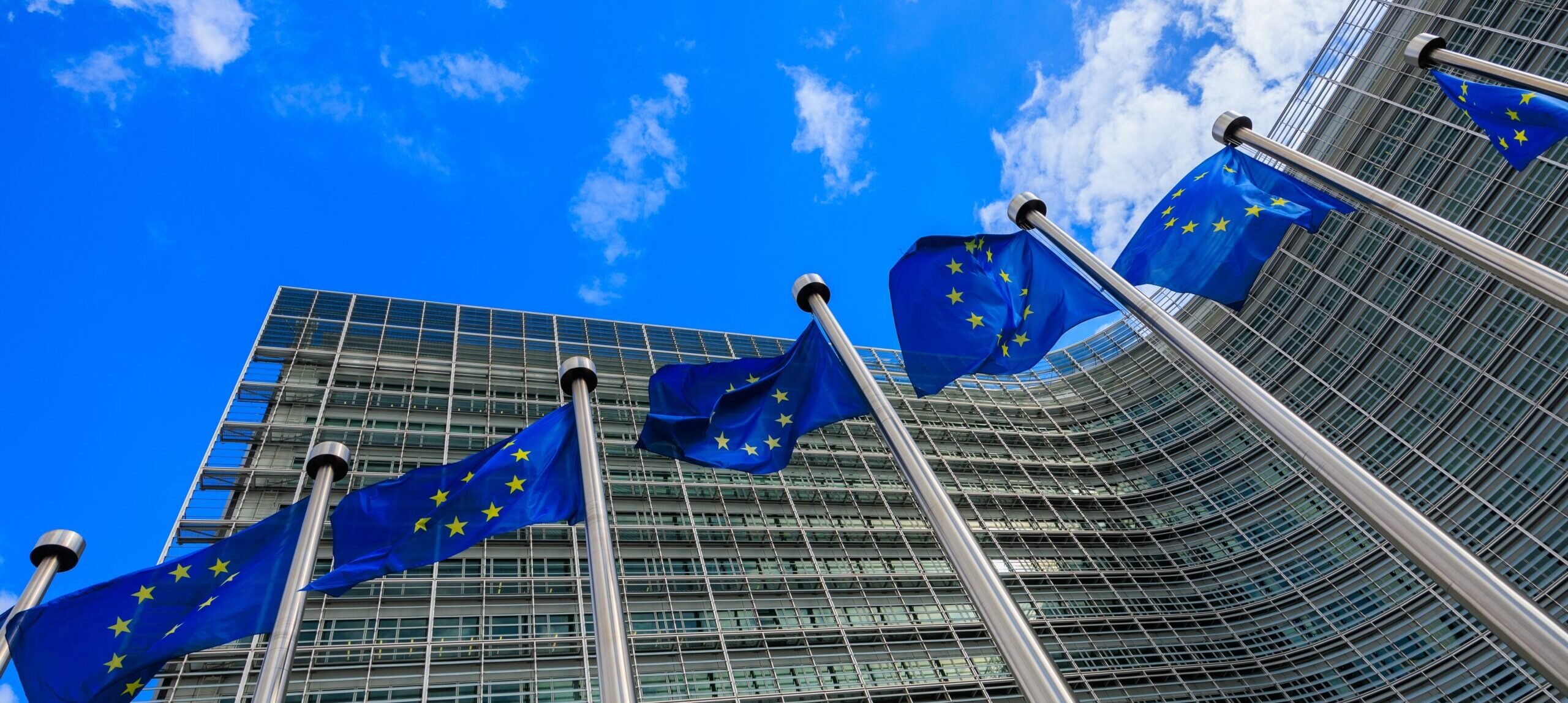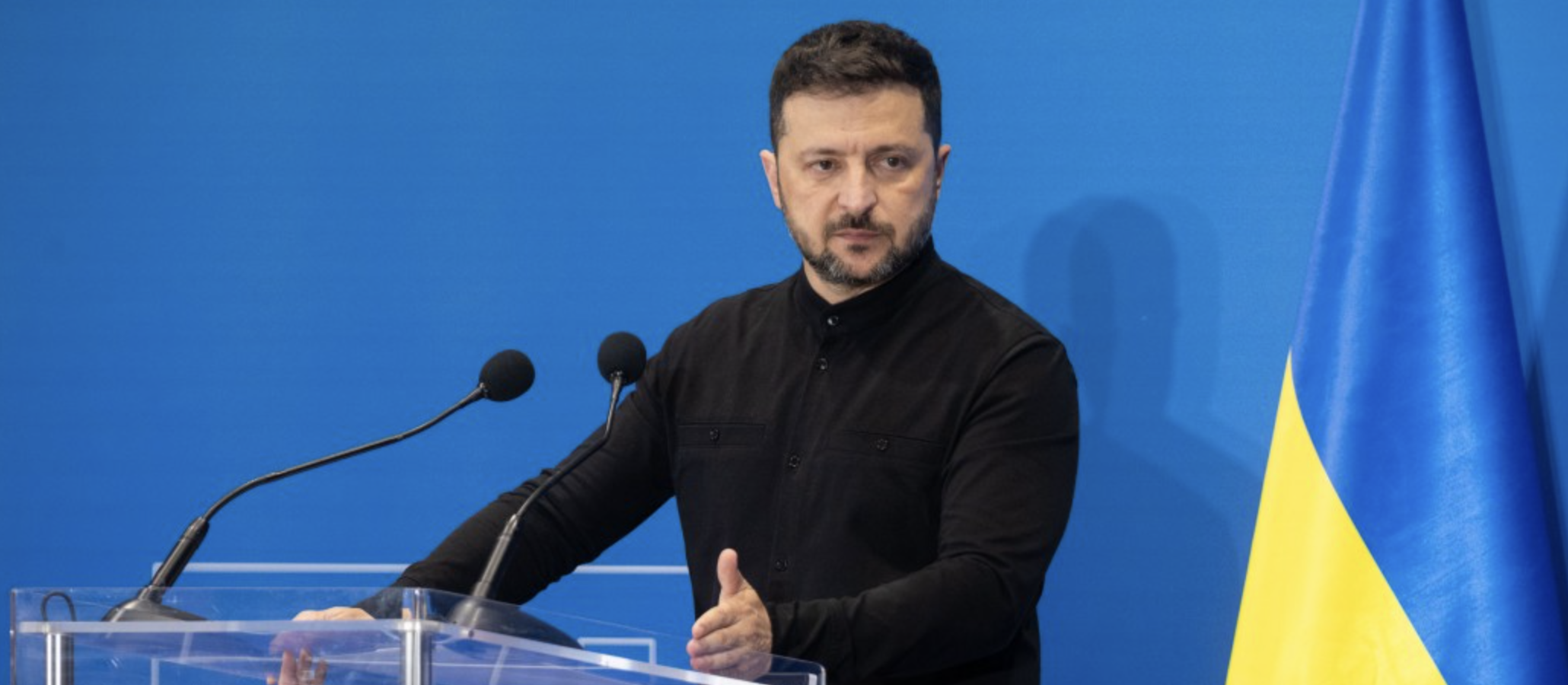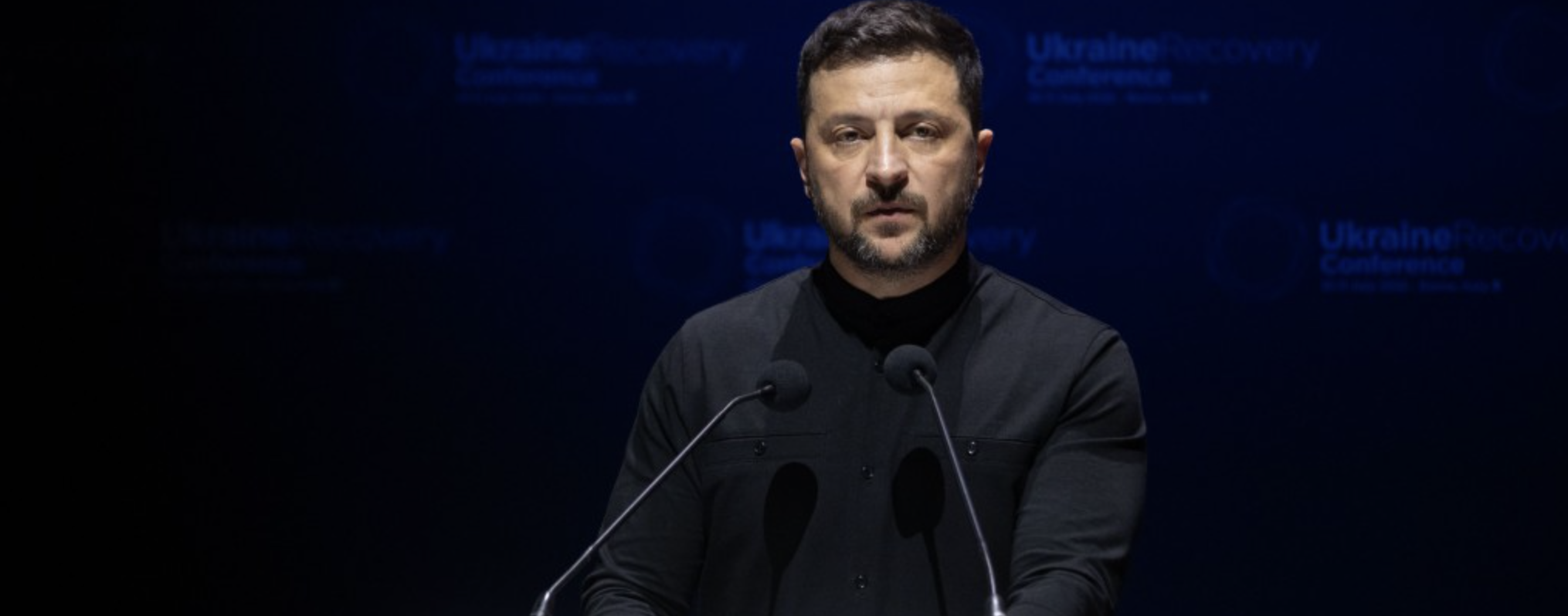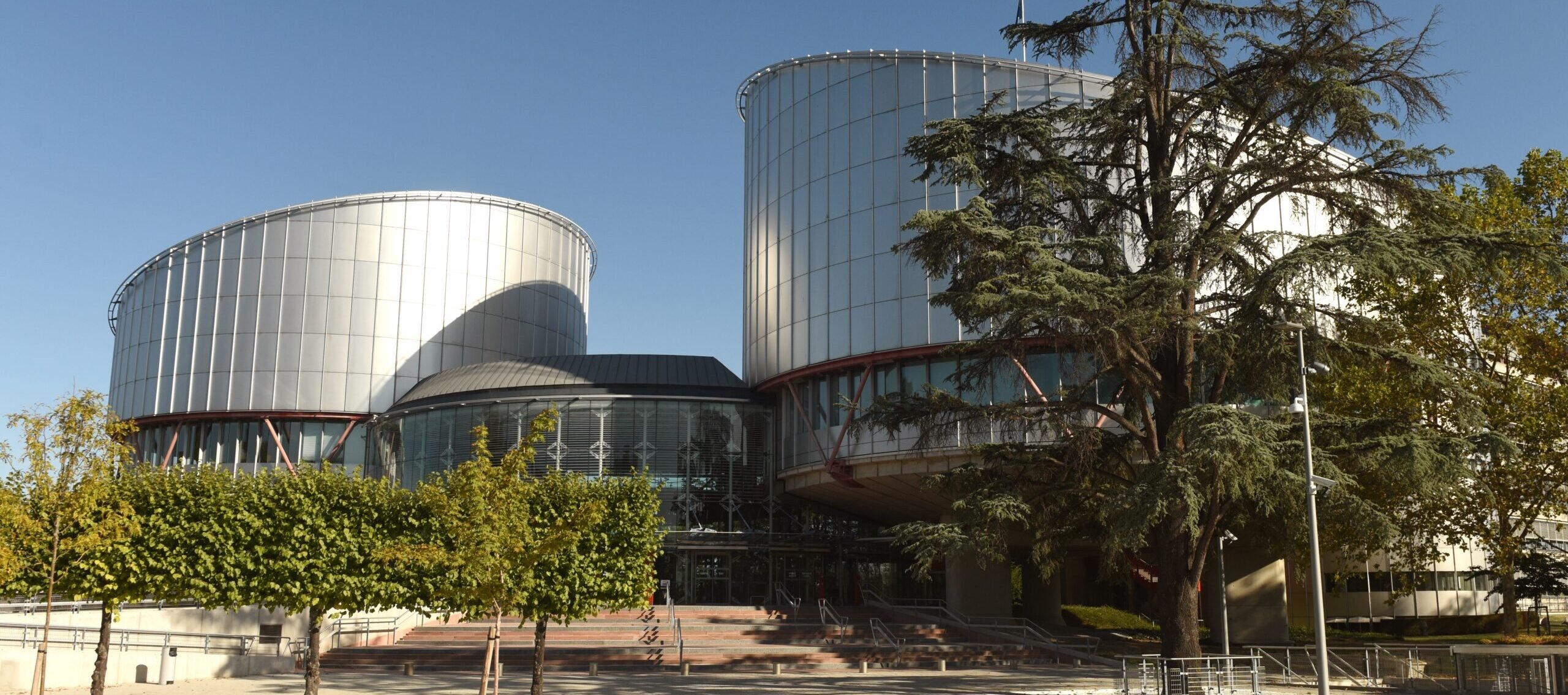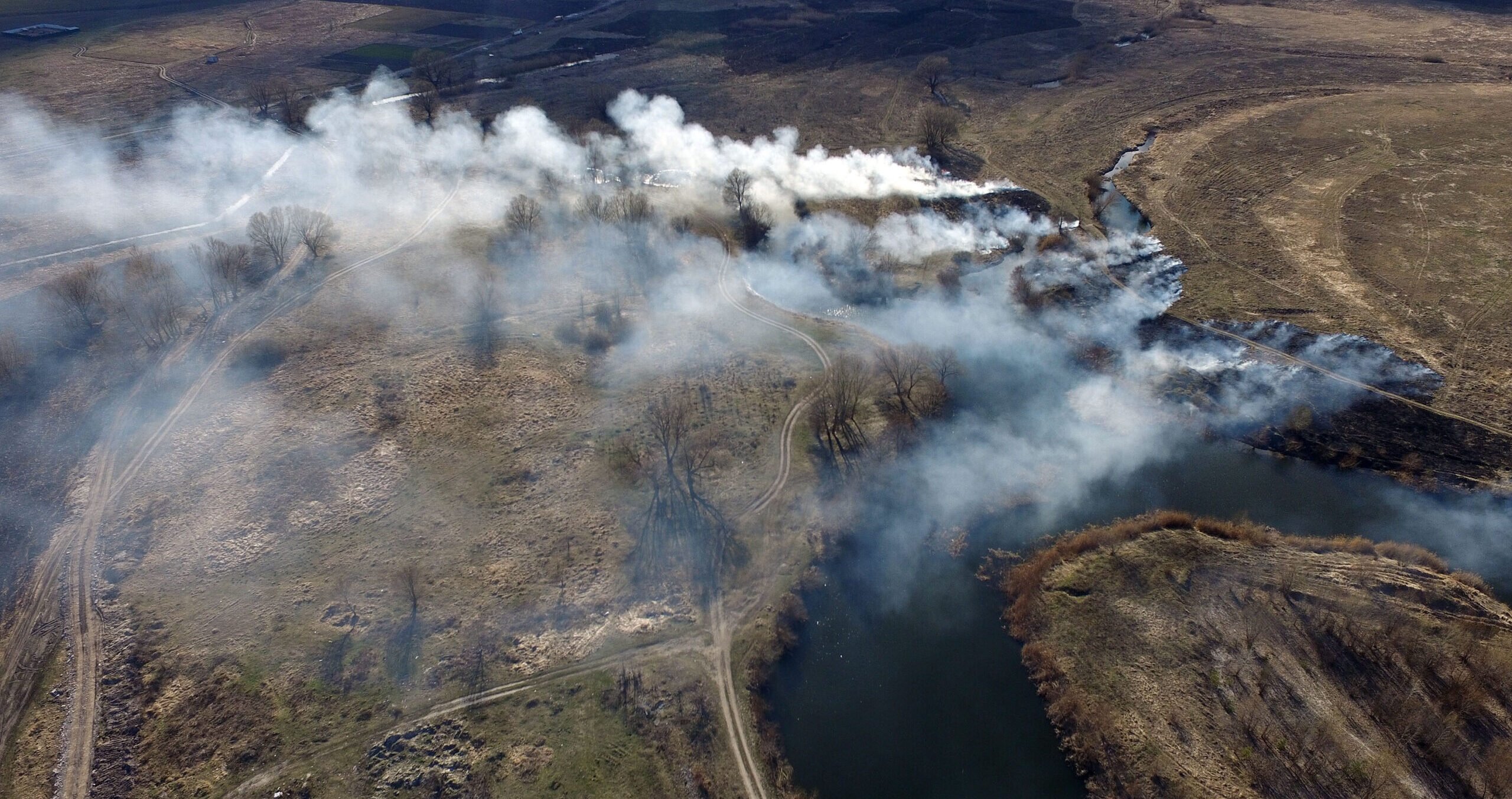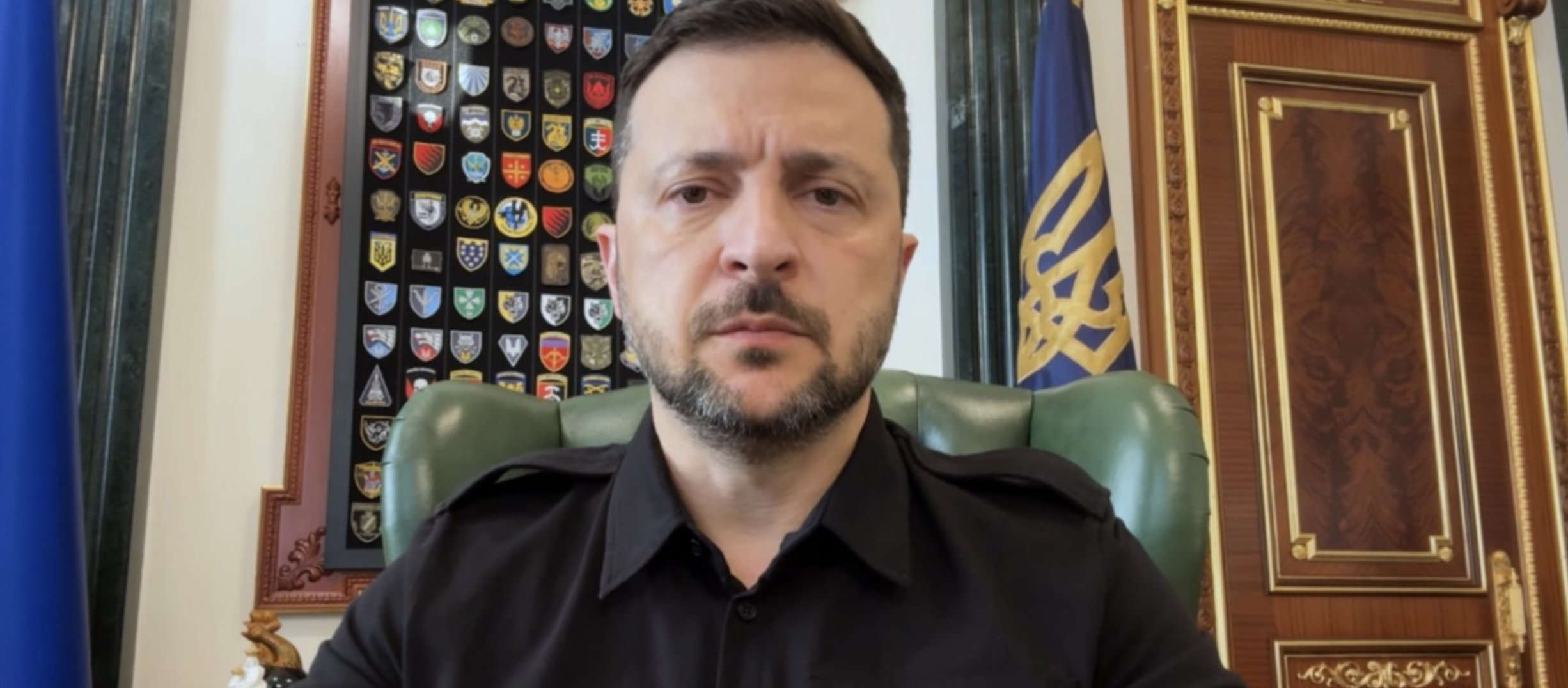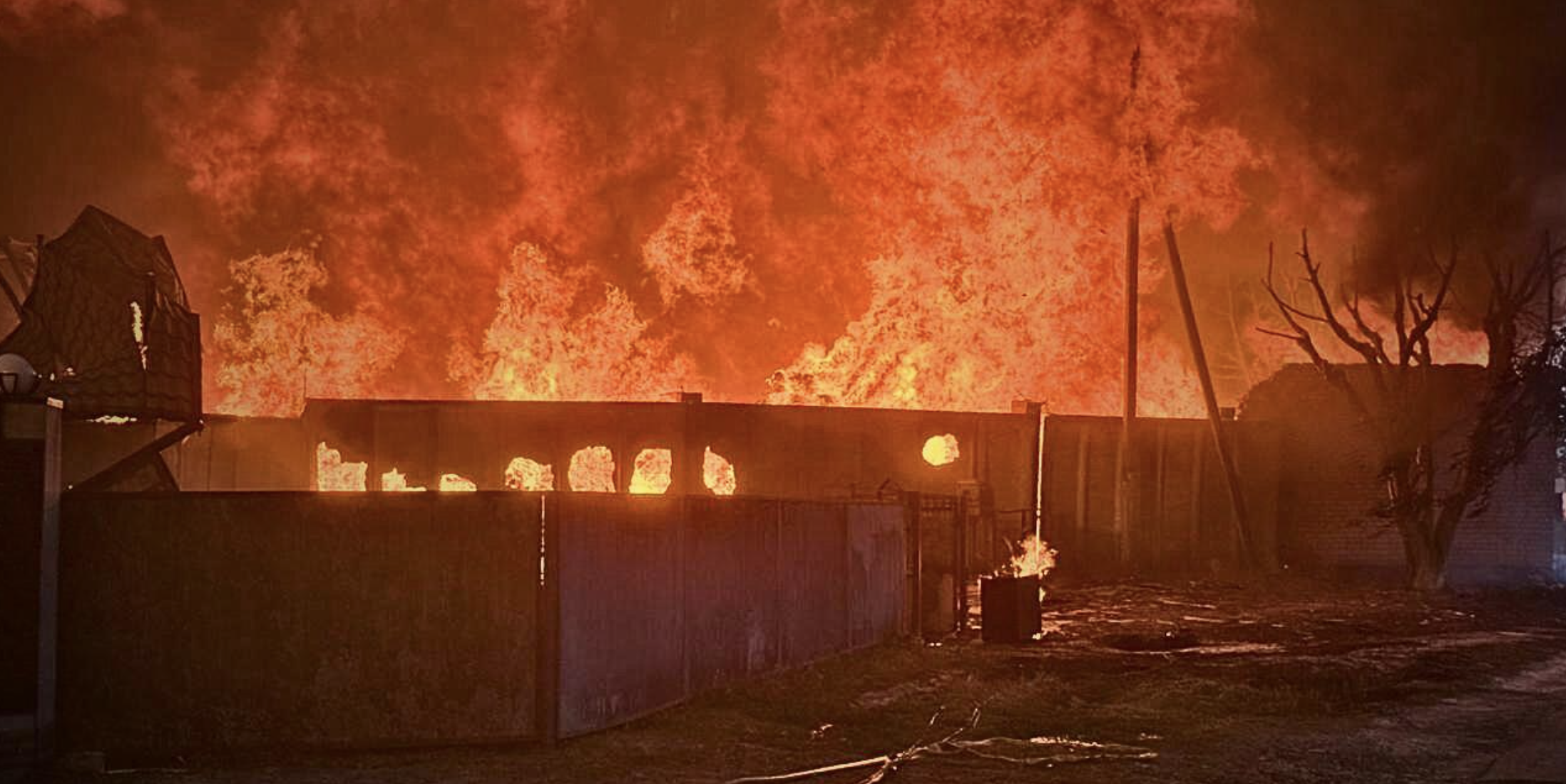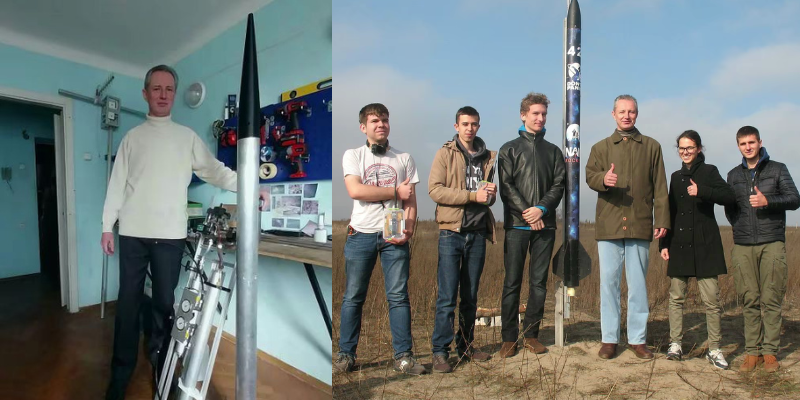
Ukrainian scientist Serhii Pipko, senior research associate at Taras Shevchenko National University of Kyiv, has set up a design bureau in his apartment and teaches students rocket science, Ukrainska Pravda reports.
“Serhii Pipko became interested in rockets and chemistry in childhood. In the early 2000s, he gathered a small group of rocket enthusiasts in Kyiv and was one of the organizers of a specialized internet forum. Six years ago, he took on the development of school and student rocket programs in Kyiv,” the text reads.
Even though Serhii received permission from the National Aviation University, there were no premises, funds, or equipment available. “So I set up a workshop in my own apartment,” says the scientist.
“I’ve loved chemistry and rockets since childhood. I graduated from the chemistry faculty of Taras Shevchenko University, and worked at the Institute of Organic Chemistry. I defended my thesis, then returned to my native faculty – where I work as a senior research associate, conducting research,” Serhii explains.
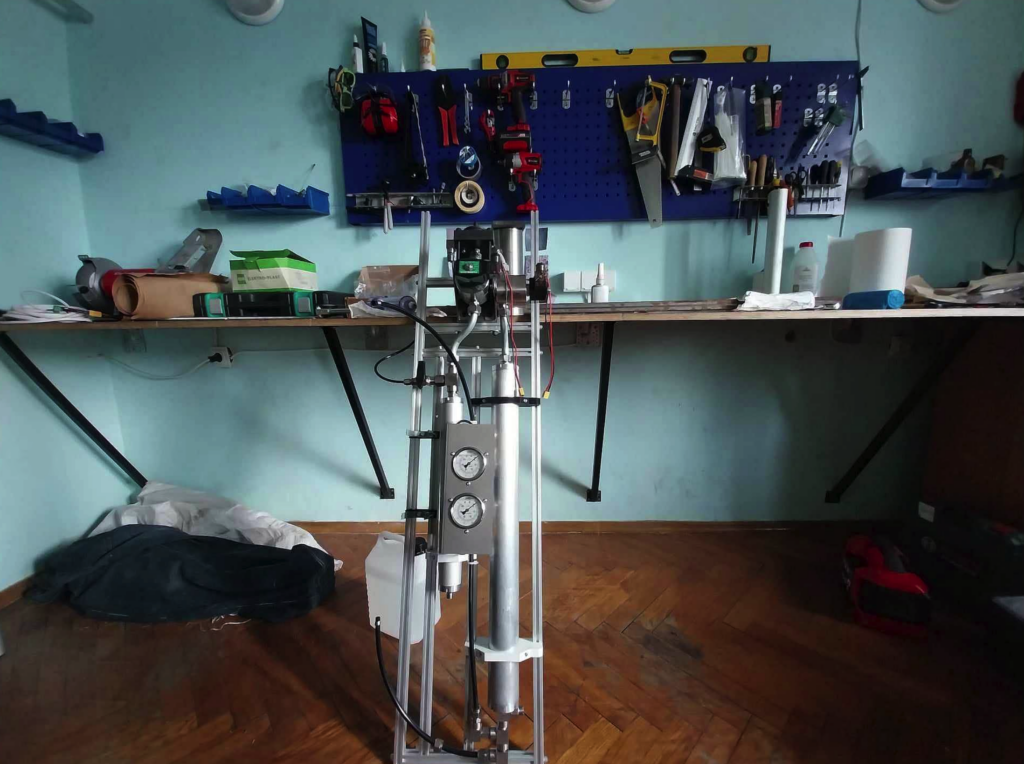 Serhii built his first rocket that flew while still in school. “It rose to a height of about a nine-story building. But the engine wasn’t mine. I crafted my own as a student, using smokeless powder pressed into a hunting cartridge – how it is supposed to be (smiles),” he says.
Serhii built his first rocket that flew while still in school. “It rose to a height of about a nine-story building. But the engine wasn’t mine. I crafted my own as a student, using smokeless powder pressed into a hunting cartridge – how it is supposed to be (smiles),” he says.
The scientist practically taught himself to design engines. “When I gained access to websites of American enthusiasts, everything fell into place. I designed my first engine, and made a stand to measure thrust. It was an engine on caramel fuel.”
Caramel fuel is the most accessible and safest to manufacture and use. It’s a mixture of powdered sugar, icing sugar, and potassium nitrate, ground potassium nitrate. “American Bill Colburn came up with the idea to put this mixture on a skillet and pour it into a mold – a solid fuel block was obtained. This fuel was named “caramel”. It became one of the most popular among enthusiasts,” Serhii explains.
Six years ago, Kyiv schoolchildren independently designed an engine based on information from the scientist’s website. “They calculated, commissioned the work from a turner. They mixed the caramel fuel themselves. I just helped them adjust some things later,” he says.
It was a rocket made from a plastic pipe. “In the nose section, an altimeter signals the parachute deployment. This achievement is probably more important than any other serious matter for me. Because it’s the real work of schoolchildren, not even students,” Serhii explains.
In Serhii’s workshop, students also made a complex liquid engine. “Among interesting specimens, we also have a rocket prepared for a five-kilometer flight, with a solid-fuel engine. We made it separately from the students, and the guys dealt with complex electronics. There are accelerometers, gyroscopes, altimeters, and magnetometers that determine the moment of deployment of the first and second parachutes. Plus, a GPS beacon that transmits coordinates once per second throughout the flight.”
The team tried launching rockets in a field outside the city. “We always had to limit the flight height to a maximum of a kilometer. We followed all reasonable rules, so there were never any incidents.”
Read the full text at the link.
